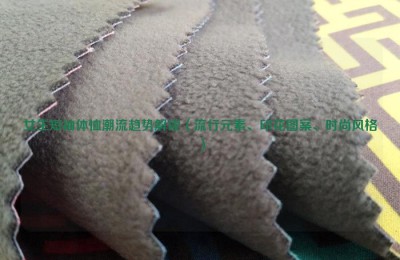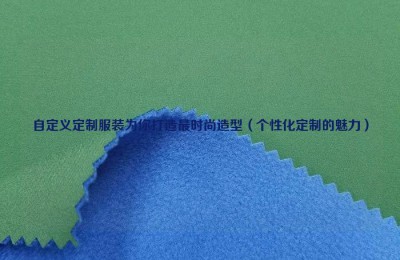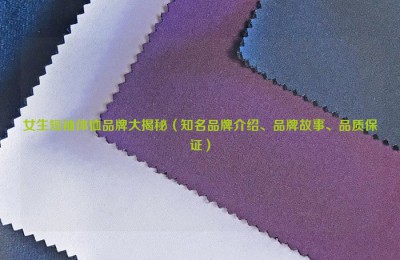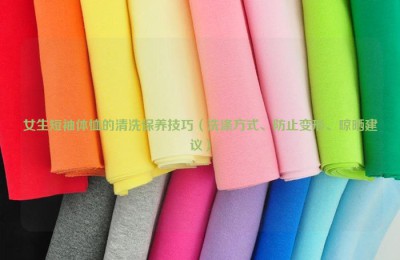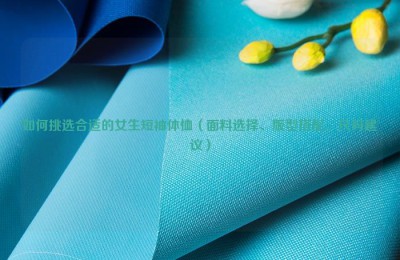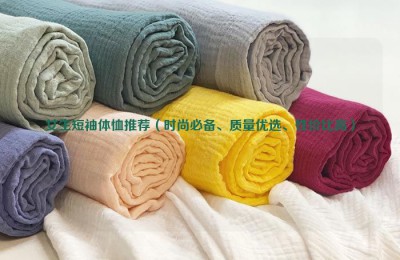1. Dyeing process The quality of strip-dyed, combed and mixed strips is the guarantee for smooth spinning. For strip-dyed products, in addition to accurate color light, the quality of strip-dying should also focus on reducing fiber damage and floating colors to ensure a certain color fastness. The three types of fibers have different durability, and the dyeing processes and formulas are also different. Therefore, the dyeing should be carried out separately, and the temperature should not be too high and the time should not be too long. 2. Recombing process: Wool, silk, and hemp are mixed into strips for recombing. The process quality requirements are also different from those of general blended varieties. Attention should be paid to the following during re-combing production: (1) Appropriately increase the number of mixing times for combing to ensure that the raw materials are mixed evenly. Generally, 4-5 times of mixing should be carried out before combing. (2) Compared with ordinary varieties, this type of mixed carded sliver has a larger total linear density CV value and length CV value of the fiber, and more defects such as lint are produced during needle carding. Each needle plate, needle plate, etc. should be dealt with before production. The round comb and top comb of the combing machine should be inspected and cleaned to prevent broken or bent needles. Do a good job of cleaning during production, especially the round comb, top comb and skin board of the combing machine. (3) Pay attention to the impact of temperature, humidity and moisture regain on top quality during processing, and ensure that the temperature and humidity in the workshop are between 75% and 80%. (4) It is required that the colored tops stored in the warehouse should reach ≤25 wool grains/piece, the quality unevenness should be ≤1.5%, the moisture regain rate should be 16%-18% or less and the short wool rate should be ≤2%, so as to reduce the production cost due to excessive short hair as much as possible. Small yarn hairiness.
AAAWQ32RDRGFJ
Strip dyeing and recombing process composite fabric information
1. Dyeing process The quality of strip-dyed, combed and mixed strips is the guarantee for smooth spinning. For strip-dyed products, in addition to accurate color light, the quality of strip-dying should also fo…
This article is from the Internet, does not represent Composite Fabric,bonded Fabric,Lamination Fabric position, reproduced please specify the source.https://www.yjtextile.com/archives/37494

